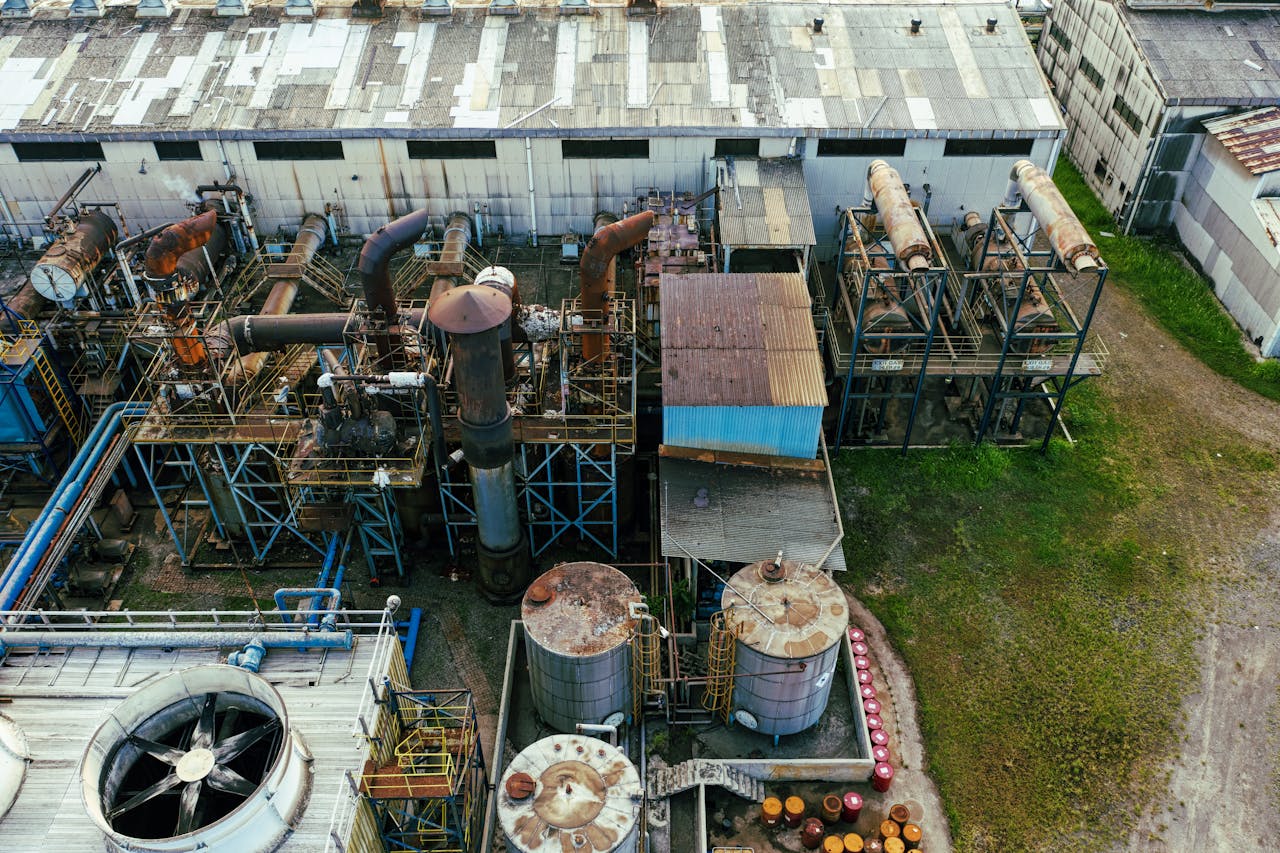Oil Prices Recover as OPEC+ Weighs Supply Delay
Oil prices saw a modest recovery on Wednesday, rebounding slightly after hitting a nine-month low. The recovery in oil prices came as OPEC+ engaged in discussions about delaying planned supply increases. Brent futures, the global benchmark, climbed back above $74 a barrel. This rise followed a nearly 5% drop on Tuesday. Meanwhile, West Texas Intermediate (WTI) rose by 0.8%, recovering from a dip below $70 per barrel for the first time since January.
Economic Data Spurs Demand Fears
Recent economic data from China and the United States has exacerbated concerns over oil demand. China’s factory activity contracted for the fourth consecutive month, signaling a slowdown in one of the world’s largest economies. Additionally, the value of new-home sales in China also declined. In the U.S., manufacturing activity continued its downward trend, marking five months of consecutive contraction. These indicators have stirred fears of weakened demand in the top two oil-consuming nations.
Libyan Crisis Resolution Predicted
Compounding these concerns, a Libyan official predicted a resolution to the crisis that has significantly reduced the country’s oil output. The crisis had shuttered half of Libya’s production, cutting over 500,000 barrels a day from the market. The resolution could lead to a quick rebound in Libyan oil exports, adding to the global supply at a time when demand worries are already high.
 Oil Prices: OPEC+ Considers Delaying Supply Increase
Oil Prices: OPEC+ Considers Delaying Supply Increase
In response to the market turmoil, OPEC+ has begun discussions about delaying a planned increase in oil production. This increase, initially scheduled for October, was intended to add 180,000 barrels per day to the market. However, given the current weak market sentiment, many market players and analysts believe that additional barrels from OPEC+ could further depress oil prices. Giovanni Staunovo, an analyst at UBS Group AG, noted that the negative market reaction to potential supply additions indicates that the market is not in favor of more oil at present.
Forecasts Miss the Mark
Earlier in the quarter, oil forecasters from JPMorgan Chase & Co. and Standard Chartered Plc had predicted a rally to $90 a barrel or higher. These predictions were based on the expectation that summer driving demand and OPEC+ supply cuts would drain global storage tanks, pushing prices up. Instead, the opposite occurred, with oil prices erasing all of the gains made this year. Tuesday’s sell-off was likely intensified by algorithmic traders, who tend to follow bearish trends.
Libya and OPEC+ in the Spotlight
The situation in Libya remains a focal point for the oil market. The ousted central bank governor, Sadiq Al-Kabir, had predicted an end to the crisis that slashed the nation’s oil output. This prediction caused a further slide in oil prices. The market’s focus is now on how quickly Libyan production can return to the market and how OPEC+ will respond.
The OPEC+ alliance, led by Saudi Arabia and Russia, had been gradually restarting output that had been halted since 2022. The alliance has stated that it could “pause or reverse” the planned production increase if necessary. As of Wednesday, talks about postponing the supply hike were ongoing, with the discussions first reported by Reuters.
Investors Eye U.S. Jobs Data
In addition to supply concerns, investors are closely watching the upcoming U.S. jobs data, which is due on Friday. This data could provide further insight into the Federal Reserve’s approach to interest-rate cuts. Last month’s report showed a rise in the unemployment rate, reaching a level that some analysts consider a recession indicator. The financial markets are in a state of heightened anxiety, with the Federal Reserve’s critical policy meeting just two weeks away.
Volatile Oil Prices Tied to OPEC+ Supply Decisions and Geopolitical Events
The oil market remains volatile, with prices reacting sharply to economic data, geopolitical events, and supply forecasts. OPEC+ discussions on delaying the planned supply increase, along with developments in Libya and the U.S. labor market, will likely continue to influence oil prices in the coming weeks. Market participants remain cautious, waiting to see how these factors will unfold.

